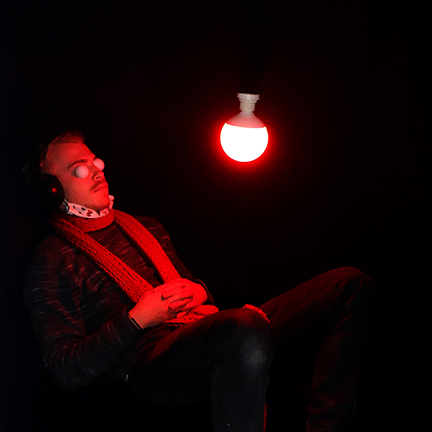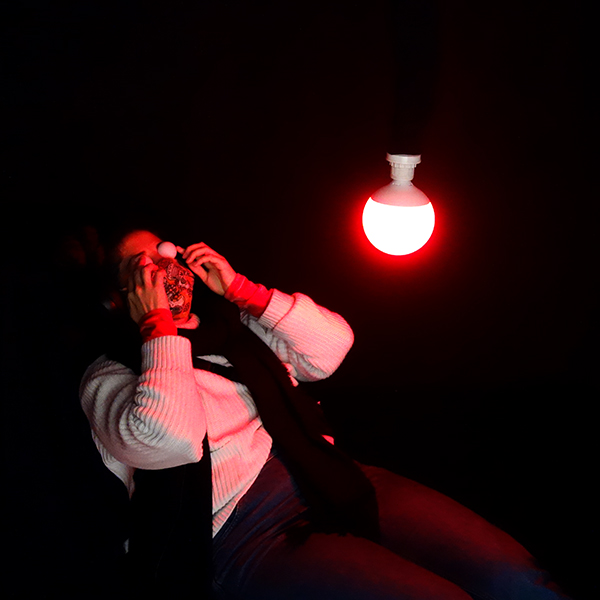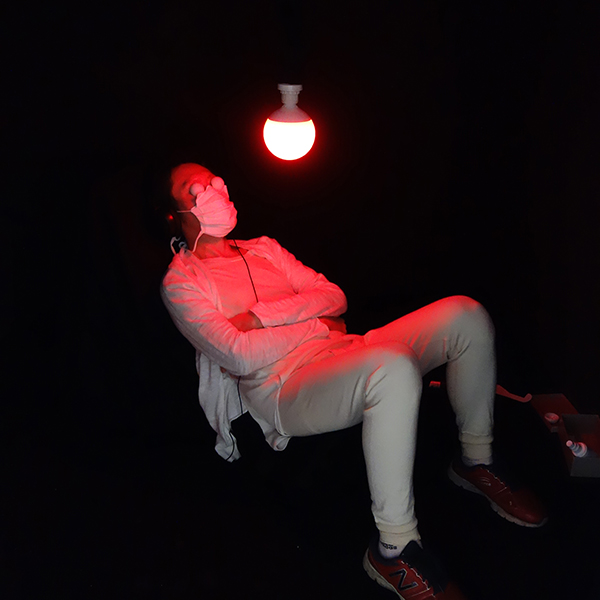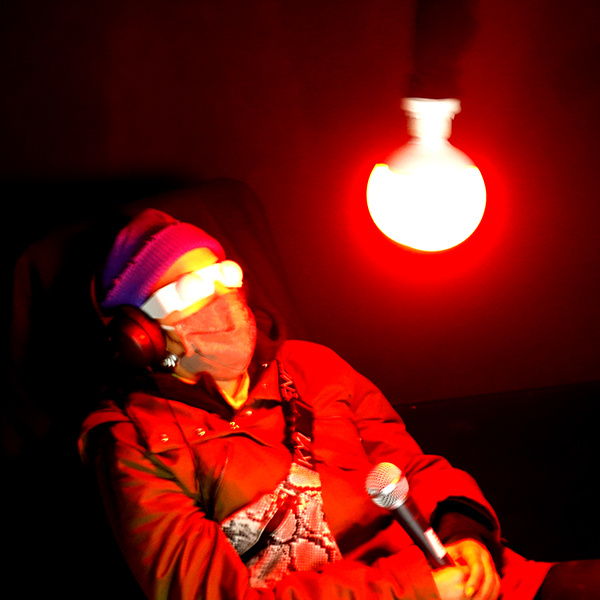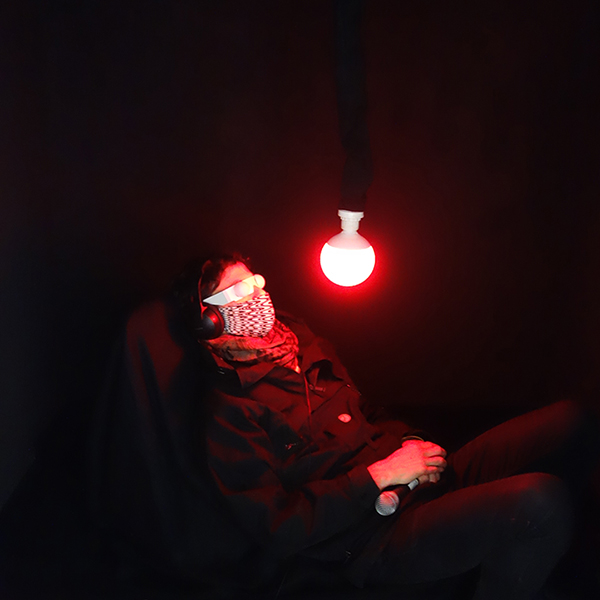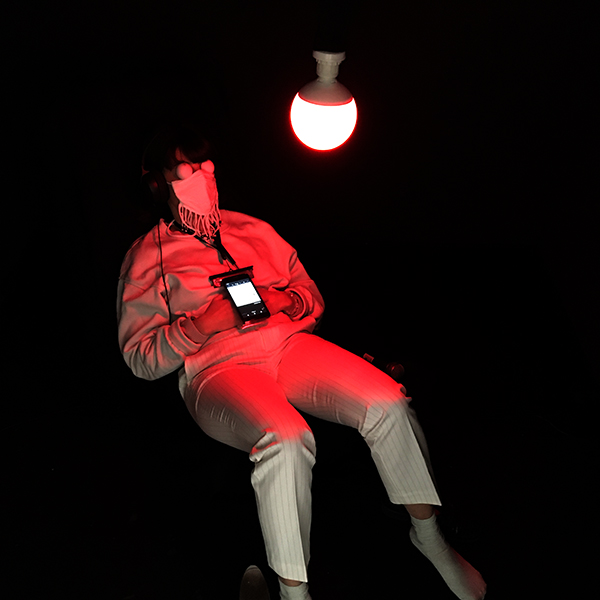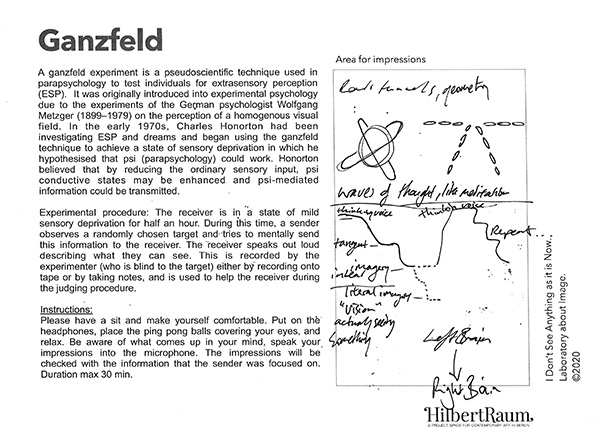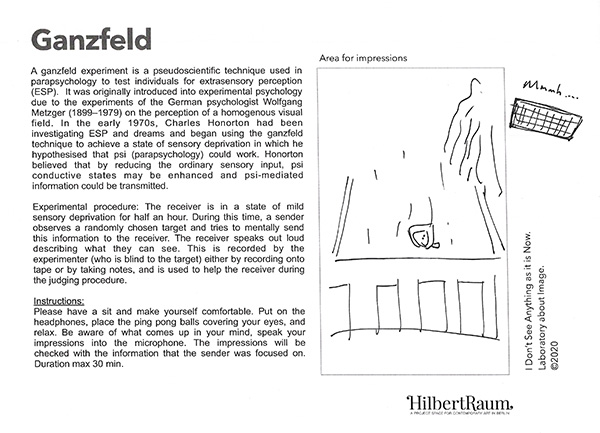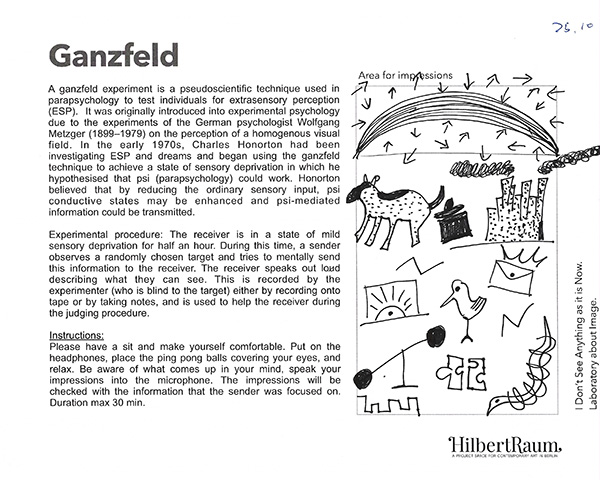A ganzfeld experiment is a pseudoscientific technique used in parapsychology to test individuals for extrasensory perception (ESP). It was originally introduced into experimental psychology due to the experiments of the German psychologist Wolfgang Metzger (1899–1979) on the perception of a homogenous visual field. In the early 1970s, Charles Honorton had been investigating ESP and dreams at the and began using the ganzfeld technique to achieve a state of sensory deprivation in which he hypothesised that psi could work. Honorton believed that by reducing the ordinary sensory input, psi conductive states may be enhanced and psi-mediated information could be transmitted.
Experimental procedure
In a typical ganzfeld experiment, a “receiver” is placed in a room relaxing in a comfortable chair with halved ping-pong balls over the eyes, having a red light shone on them. The receiver also wears a set of headphones through which white or pink noise (static) is played. The receiver is in this state of mild sensory deprivation for half an hour. During this time, a “sender” observes a randomly chosen target and tries to mentally send this information to the receiver. The receiver speaks out loud during the 30 minutes, describing what he or she can “see”. This is recorded by the experimenter (who is blind to the target) either by recording onto tape or by taking notes, and is used to help the receiver during the judging procedure.
In the judging procedure, the receiver is taken out of the Ganzfeld state and given a set of possible targets, from which they select one which most resembled the images they witnessed. Most commonly there are three decoys along with the target, giving an expected rate of 25%, by chance, over several dozens of trials.
OR
Instructions:
This experience lasts 30 min. Please have a sit and make yourself comfortable. Put on the headphones and place the ping pong balls covering your eyes, and relax. A red light will be turned on. Be aware of what comes up to your mind, you can speak out loud your impressions, and then we will check them with the information that the sender was focused on.
